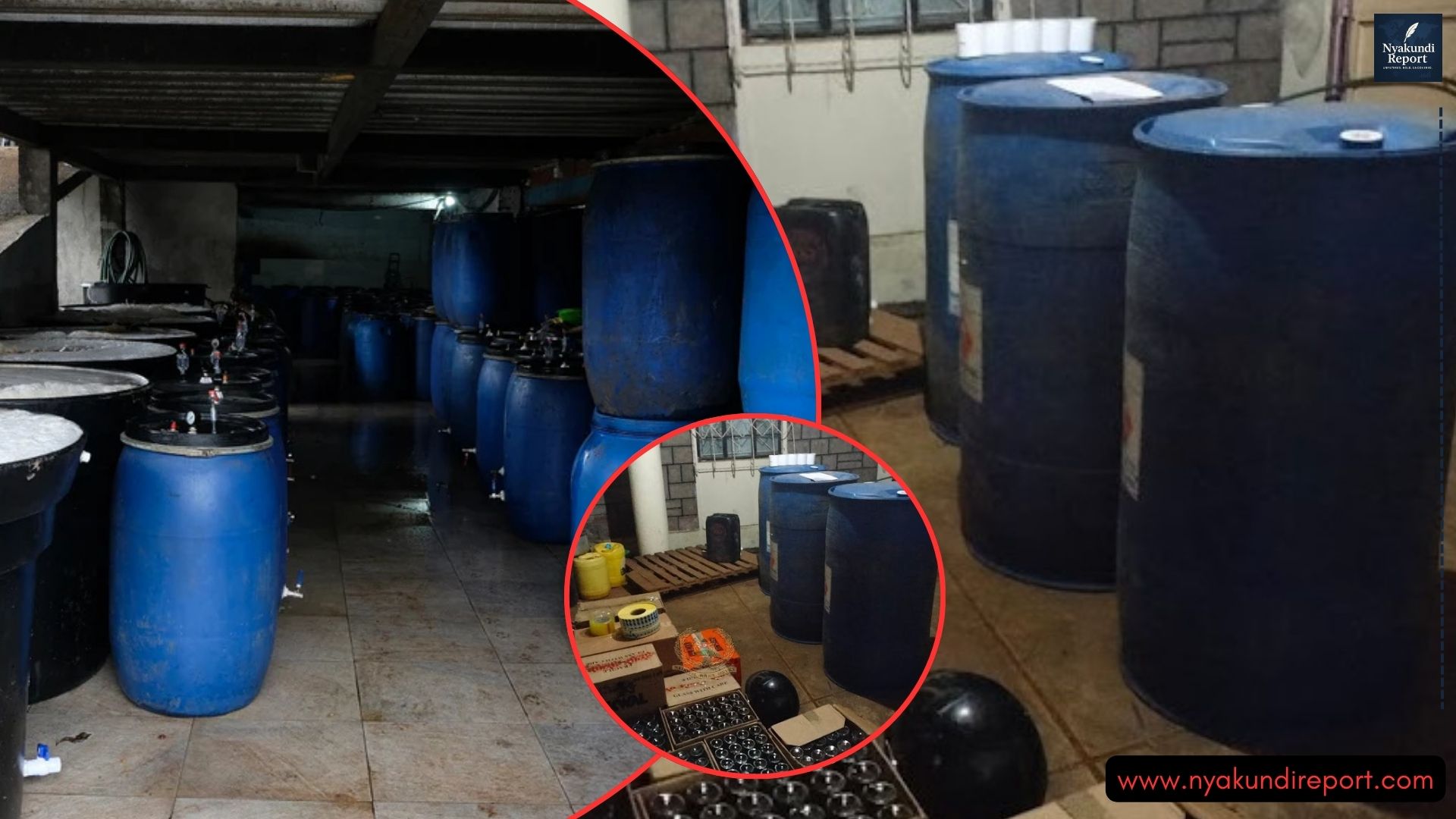Cassava farming in Kenya is slowly gaining popularity, and for a good reason. This root crop is easy to grow, drought-resistant, and has a ready market.
With Kenya producing about one million tonnes of cassava annually, many small-scale farmers are shifting their focus to this low-maintenance crop. Cassava thrives in regions where other crops may fail, making it a reliable food and income source.
In this guide, we break down the key steps needed to succeed in cassava farming in Kenya using simple language for both beginners and experienced farmers.

Understanding Cassava Farming in Kenya
Cassava farming in Kenya involves growing a hardy root crop that does well in dry and warm regions. It is mostly cultivated for home use but is now gaining commercial interest due to increasing demand.
Cassava can be processed into flour, animal feed or starch. The crop does not require intensive care, making it ideal for farmers in rural areas with limited access to modern tools.
Best Cassava Varieties for Kenyan Farmers
Kenya has several high-yielding and disease-resistant cassava varieties. Farmers are encouraged to choose from the following types:
- Kaleso
- Tajirika
- Guzo
- Karembo
- Tereka
- Migyera
- Mucericeri
- Ex-Ndovu
- KME 1 and KME 2
- Serere
- BAO
These varieties are recommended by agricultural experts for their resistance to pests and diseases, and for giving high yields under proper management.
Ideal Conditions for Cassava Farming in Kenya
For successful cassava farming in Kenya, farmers must plant in areas that meet the following ecological requirements:
- Soil: Deep, well-drained soils with a pH range of 5.5 to 7.5
- Altitude: Between 0 to 1500 meters above sea level
- Temperature: A consistent temperature range of 20 to 30°C
- Rainfall: Annual rainfall of 1000mm to 1500mm is ideal
Cassava is best planted at the start of the rainy season to ensure enough moisture for sprouting.
How to Propagate Cassava Effectively
Cassava is not grown from seeds but from stem cuttings of mature plants. For good results:
- Use cuttings from plants aged 12–18 months
- Cut each stem into pieces about 20–25cm long with 4–6 nodes
- Plant vertically with two-thirds of the cutting buried underground
- Leave one-third above the ground to allow proper sprouting
- Use a spacing of 1 meter by 1 meter between plants
It is best to plant on ridges, especially in areas with poor drainage. Ridges help avoid waterlogging and promote better root development.
Fertilizer and Weed Control Tips
For a healthy crop:
- Use NPK fertilizer during planting
- Apply about 300kg of fertilizer per hectare
- Weed regularly, especially in the first 3 months
Weeds compete with young cassava plants for water and nutrients. Keep the field clean to allow fast and strong root development.
Managing Pests and Diseases in Cassava
Cassava is prone to a few pests and diseases that can reduce yield. Here’s how to manage them:
Common Pests
- Cassava green mites
- Cassava mealy bugs
- Red spider mites
Control Tip: Choose pest-resistant varieties and maintain proper field hygiene.
Common Diseases
- Cassava mosaic virus
- Cassava brown streak
- Bacterial blight
Control Tip: Use only healthy cuttings, practice crop rotation, and destroy affected plants early.
Early detection and proper spacing help reduce the spread of pests and diseases.
Harvesting Your Cassava for Profit
Cassava matures between 8 to 12 months depending on the variety. To know it is ready:
- Leaves begin to yellow and fall off naturally
- Stems harden and become woody
- Roots feel firm and heavy when dug up
Harvesting should be done carefully to avoid damaging the tubers. Use a hoe or dig manually by hand.
Where to Sell Your Cassava in Kenya
Cassava is the second most important root crop in Kenya after Irish potatoes. It is a staple in many households and institutions.
You can sell cassava in:
- Open-air markets
- Roadside stalls
- Food stores and green groceries
- Hotels and restaurants
- Schools and institutions
For better income, consider value addition like drying and milling into flour, making crisps or selling cassava cuttings.
The market is there, the crop is easy to grow, and the return is worth the effort. Start small, follow the right steps, and grow your cassava farming into a reliable agribusiness.








































